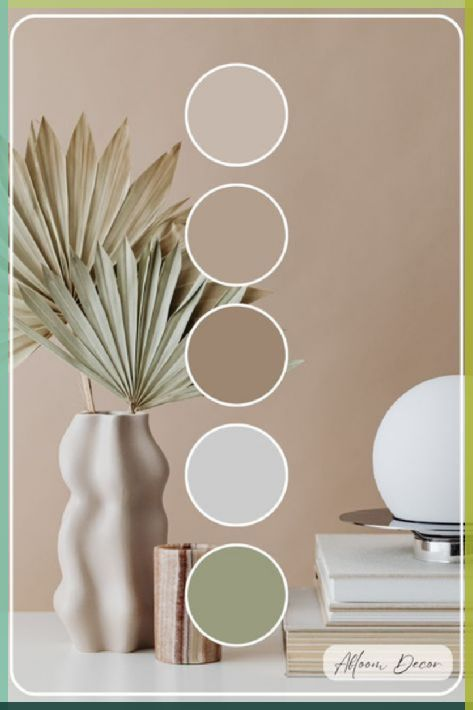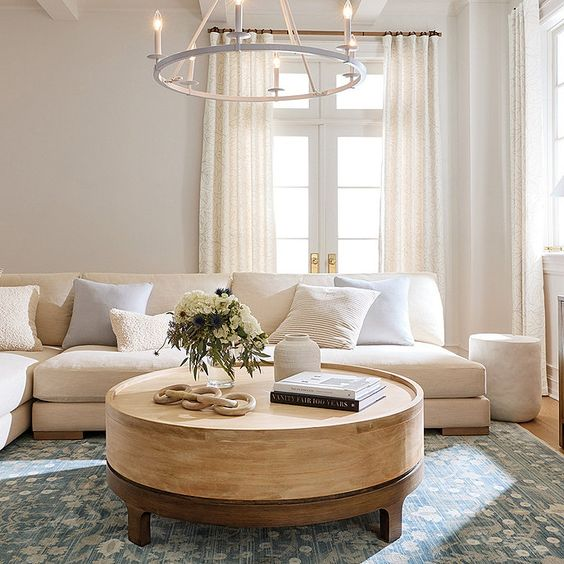Transitional Style Interior Designs - Online Free With DreamDen Ai
- Staff Desk
- Oct 4, 2024
- 6 min read
Transitional style interior designs is one of the most popular and versatile design styles today. It combines elements from traditional and modern design, creating a unique space that feels both timeless and current. In this blog, we will explore what transitional style is, its key characteristics, how to incorporate it into your home, and tips for creating a beautiful transitional space.
What is Transitional Style?
Transitional style is all about balance. It takes the best features from traditional design—such as classic furniture, rich textures, and elegant details—and mixes them with modern elements like clean lines, neutral colors, and minimalist décor. This creates a comfortable and inviting space that is both stylish and functional.
Key Characteristics of Transitional Style Interior Design
1. Neutral Color Palette
Transitional design often uses a neutral color palette. This includes shades of white, beige, gray, and taupe. These colors create a calm and soothing atmosphere, making the space feel open and airy. You can add pops of color through accessories like pillows, rugs, or artwork to keep the space lively.
2. Mix of Furniture Styles
One of the defining features of transitional style is the mix of different furniture styles. You might find a traditional wooden dining table paired with modern chairs or a classic sofa alongside sleek side tables. This blend creates visual interest and keeps the space feeling dynamic.
3. Clean Lines
In transitional design, furniture and décor often have clean lines and simple shapes. This means avoiding overly ornate details or heavy embellishments. Instead, focus on pieces that are functional yet stylish. For example, a sleek coffee table with a glass top can add elegance without overwhelming the room.
4. Textures and Materials
Using a variety of textures is essential in transitional design. Mixing materials like wood, metal, glass, and fabric adds depth to the space. For example, you can pair a plush area rug with a leather sofa or a wooden coffee table with metal accents. This combination creates a warm and inviting environment.
5. Functional Spaces
Transitional design prioritizes functionality. The goal is to create spaces that are not only beautiful but also practical for everyday living. This means choosing furniture that is comfortable and serves a purpose while still looking great. For example, ottomans can double as seating and storage, making them a smart addition to any room.
6. Statement Lighting
Lighting is a crucial element in transitional design. Statement light fixtures, such as chandeliers or pendant lights, can add a touch of elegance to your space. Look for fixtures with clean lines and interesting shapes that complement your overall design.
How to Incorporate Transitional Style into Your Home
If you're interested in creating a transitional style interior, here are some practical tips to help you get started:
1. Choose a Neutral Base
Begin with a neutral base for your walls and larger furniture pieces. This creates a blank canvas that allows you to easily mix and match different styles. Soft white, light gray, or beige walls work well to establish a calm and inviting environment.
2. Mix Traditional and Modern Elements
When selecting furniture, look for pieces that represent both traditional and modern styles. For instance, you might choose a traditional wooden dining table paired with modern metal chairs. This combination creates a unique focal point in your dining area.
3. Add Textures and Patterns
Incorporate a variety of textures and patterns to make your space feel layered and inviting. Use different fabrics, such as linen, velvet, or cotton, for pillows and throws. You can also include patterned rugs or artwork to add visual interest without overwhelming the room.
4. Invest in Quality Pieces
While transitional design allows for mixing styles, it's essential to invest in quality furniture and décor. Look for well-made pieces that will stand the test of time. This not only enhances the overall aesthetic but also ensures durability and comfort.
5. Keep Accessories Simple
When it comes to accessories, less is often more. Choose a few statement pieces that reflect your style, such as a bold piece of art or a unique sculpture. Avoid cluttering the space with too many decorative items to maintain the clean and balanced look that transitional design emphasizes.
6. Use Functional Furniture
Incorporate furniture that serves multiple purposes to enhance functionality. For example, a coffee table with storage space or a sofa bed can help make the most of your space while adding to the overall design.
Tips for Creating a Beautiful Transitional Space
Balance Is Key: Aim for a balanced mix of traditional and modern elements throughout your space. Avoid leaning too heavily toward one style to maintain the essence of transitional design.
Layer Lighting: Use a combination of ambient, task, and accent lighting to create a warm and inviting atmosphere. This will help highlight key features in your home while ensuring that the space feels cozy.
Personal Touches: Don’t forget to add personal touches that reflect your personality and interests. Incorporate family photos, travel souvenirs, or favorite books to make the space feel truly yours.
Consult a Professional: If you’re unsure about how to achieve the transitional look, consider consulting an interior designer. They can help you find the perfect balance and create a cohesive design that suits your lifestyle.
Evolve Over Time: Transitional design is adaptable, allowing you to evolve your space as your tastes change. Don’t be afraid to swap out accessories or furniture pieces over time to keep the look fresh.
Conclusion
Transitional style interior design offers the best of both worlds by blending traditional elegance with modern simplicity. With its focus on neutral colors, clean lines, and functional spaces, this design style creates inviting environments that suit a wide range of tastes. By incorporating various textures, mixing furniture styles, and adding personal touches, you can create a transitional space that reflects your unique personality and lifestyle. Whether you're redesigning a single room or your entire home, transitional design provides a timeless and flexible approach that will stand the test of time.
Here are 10 frequently asked questions (FAQs) about transitional style interior design, along with their answers:
1. What types of rooms are best suited for transitional style?
Transitional style can be applied to any room in the home, including living rooms, dining rooms, bedrooms, and even bathrooms. Its versatile nature allows it to create a cohesive look throughout the entire home.
2. Can I use bold colors in a transitional space?
While transitional design typically emphasizes a neutral palette, you can introduce bold colors through accessories like cushions, artwork, or rugs. This adds personality to the space without overpowering the overall design.
3. What kind of artwork works best in transitional design?
Art in transitional spaces often features simple and clean lines, focusing on modern or abstract styles. However, traditional pieces can also work well if they complement the overall color scheme and aesthetics of the room.
4. How can I mix patterns effectively in a transitional space?
To mix patterns successfully, choose a few that share a common color scheme or theme. Start with larger patterns on rugs or curtains and layer smaller patterns on cushions or throws. This helps create a balanced look without overwhelming the space.
5. What types of lighting fixtures are ideal for transitional design?
Transitional lighting fixtures typically feature clean lines and subtle designs. Consider using a mix of materials such as metal and glass in chandeliers, pendant lights, and table lamps to enhance the transitional feel.
6. Is it okay to use vintage items in a transitional space?
Yes, vintage items can add character and warmth to a transitional space. Just be sure to select pieces that blend well with modern elements to maintain balance in the design.
7. How can I achieve a cozy feel in a transitional room?
To create a cozy atmosphere, incorporate soft textures like plush rugs, comfortable cushions, and warm fabrics. Layering blankets and using warm lighting can also enhance the overall comfort of the space.
8. Are there specific furniture styles that work best in transitional design?
Transitional design works well with various furniture styles, including contemporary, classic, and even rustic pieces. The key is to choose items that complement each other without clashing.
9. Can I mix different wood tones in a transitional space?
Yes, mixing different wood tones can work in transitional design, as long as the colors and finishes harmonize with the overall color palette. Aim for a cohesive look by balancing
darker and lighter woods.
10. What are some common mistakes to avoid in transitional design?
Common mistakes include overloading the space with too many accessories, sticking rigidly to one style, and neglecting to balance colors and textures. Focus on creating a harmonious environment that feels inviting and cohesive.












